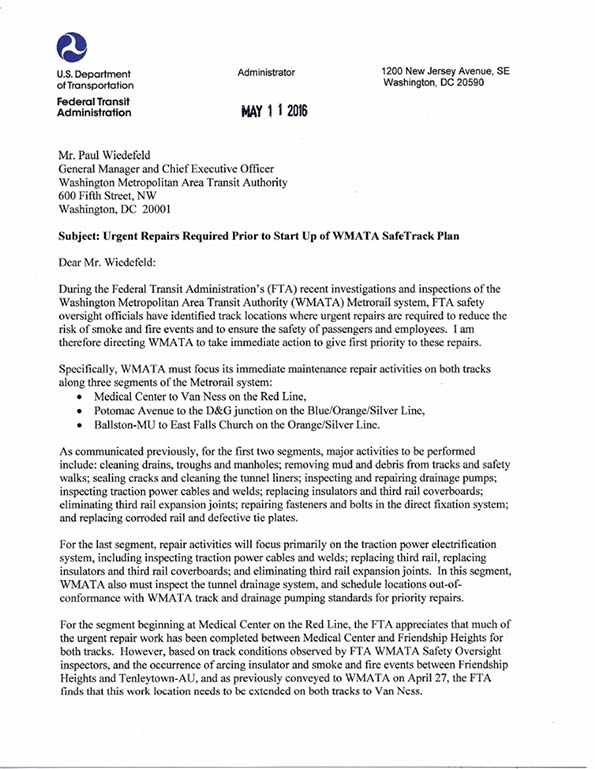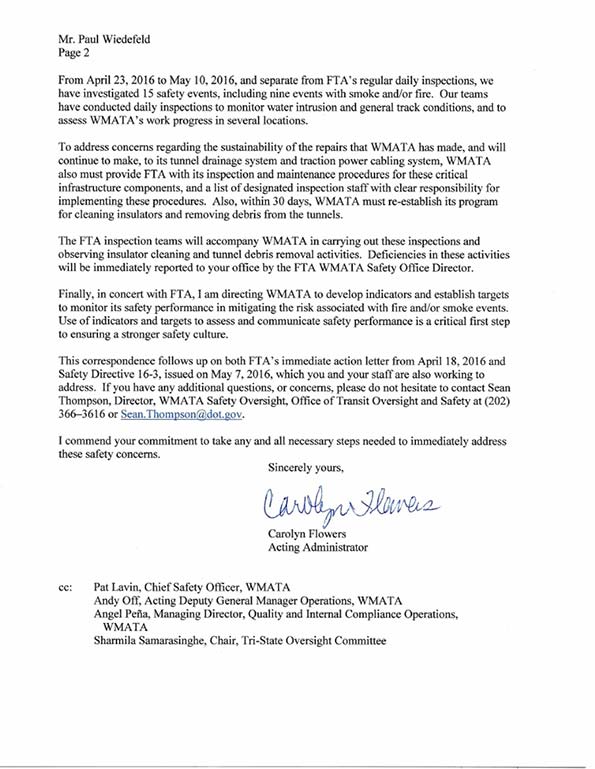June 24, 2016 14:30 CDT
Thanks to modern technology, I have had the pleasure of spending nearly all of the last 18 hours with the United Kingdom's cable news network, Sky News, watching the election returns and aftermath [of the successful British European Union referendum (Brexit). Four weeks, the "Remain" campaign has been explaining that leaving the EU would result in huge economic and market disruption.
When, contrary to expectation, it became clear fairly early in the evening that Brexit would pass, there were frequent reminders of these predictions. The value of the pound sterling dropped from $1.50 to $1.32 as the votes continue to be counted and there was never the slightest indication of a turnaround.
When the markets opened, there were indeed losses. And, a number of the financial experts, political consultants and members of Parliament interviewed were quick to point out that the predictions were correct. For most of the day following the election, watching Sky News gave the impression that there had been a disastrous financial meltdown. However, now, more than 12 hours after the final declaration at Manchester City Hall, Sky News is beginning to suggest that the financial losses may have been modest.
The leading stock market index in London, the FTSE 100 experienced an 8.7 percent drop in early trading. However by the close of trading, the decline had fallen to only 3.15 percent, the largest drop in five months. Five months? Perhaps most amazingly, today's close was higher by two percent than Monday's opening. The day's loss would have needed to be 75 percent higher to have been among the 10 worst in history. Yes, this was a big loss, but must have surely been disappointing to the analysts who were basking in their own exaggerations earlier in the day. By the end of the day, the pound had recovered to $1.37.
Nor did the London stocks do worse than those on the continent. French and German stock prices were down more than twice as much as the FTSE 100, as well as in Tokyo. Stocks in Spain and Italy were down four times as much.
Of course it is far too early to predict the economic impact of Brexit. But it was humorous watching the "spin doctors" whose narrative seemed to be "we told you so." I think there is much more to this than that SW1 is out of touch with the people, "SW1" is the postal code prefix for Parliament in Westminster and has the same connotation of separation from the people as "inside the beltway," as applied to Washington.
It may be that the insiders have lost credibility with too many voters. One former Labor consultant, who was as effective in missing the point as any other, poignantly suggested that perhaps too many of the voters had not participated in the post-recession recovery. Hear! Hear!














